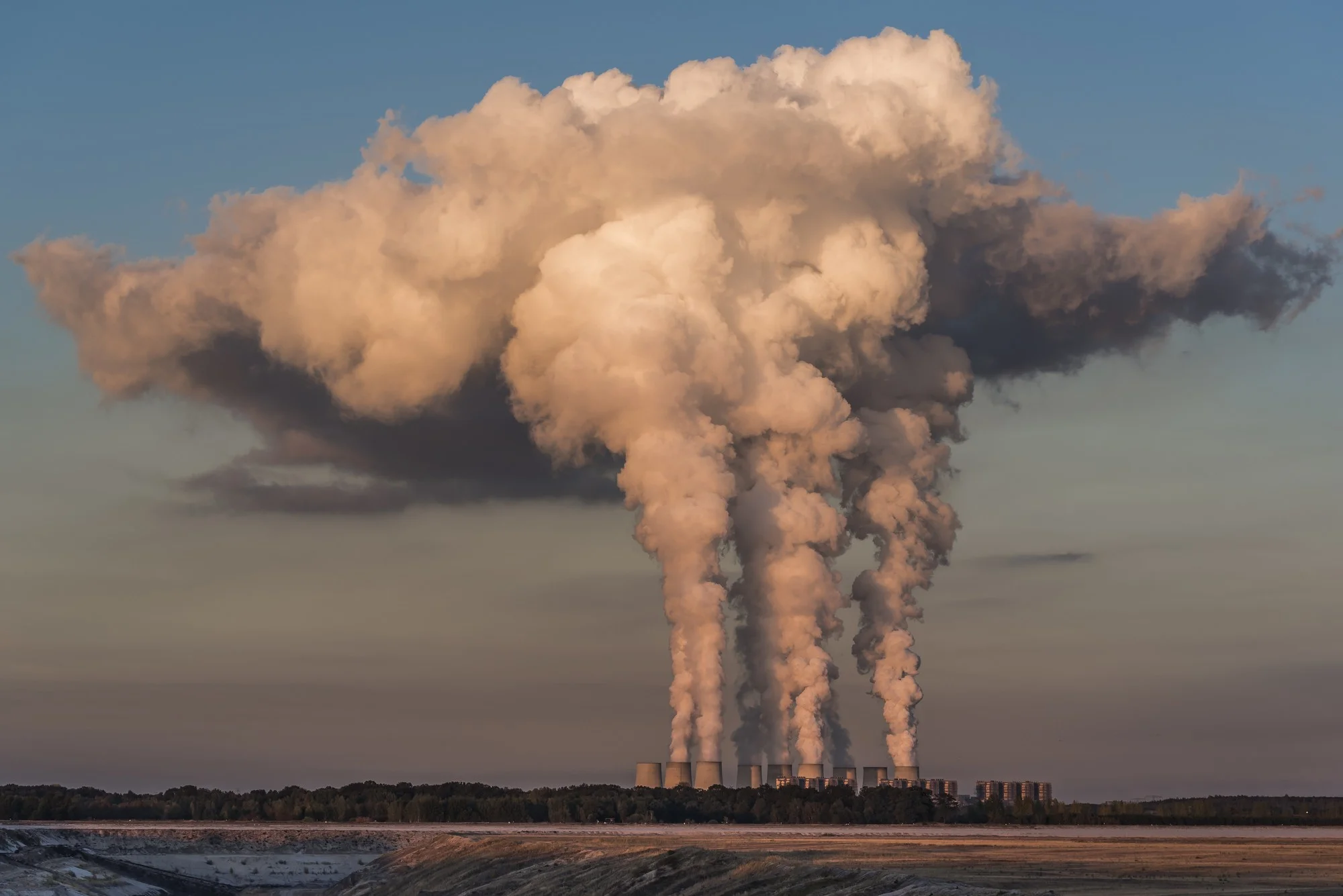Introduction to Meteorological Anomalies and Ozone Pollution
As the global climate continues to warm, meteorological anomalies such as heat waves have become more frequent and intense, causing significant disruptions to both the environment and society. One of the most troubling consequences of these extreme weather events is the exacerbation of air pollution, particularly with regards to the concentration of ground-level ozone (O3). In the summer of 2022, China experienced an unprecedented hot summer, leading to unusual spikes in ozone pollution along its populous coastal cities. Such events pose a great challenge to environmental management and public health.
The Study of Ozone Pollution in Coastal China
A detailed analysis presented in the journal “Science of the Total Environment” on January 16, 2024, sheds light on this pressing issue. The study, titled “Meteorological impacts on the unexpected ozone pollution in coastal cities of China during the unprecedented hot summer of 2022,” was conducted by a team of scientists led by Ji Xiaoting from the Center for Excellence in Regional Atmospheric Environment at the Chinese Academy of Sciences in collaboration with other esteemed researchers (Chen Gaojie, Chen Jinsheng, Xu Lingling, Lin Ziyi, Zhang Keran, Fan Xiaolong, Li Mengren, Zhang Fuwang, Wang Hong, Huang Zhi, and Hong Youwei). The DOI for this study is 10.1016/j.scitotenv.2024.170035.
Research Approach and Methods
The research team utilized a combination of observational data, machine learning algorithms, and meteorological models to investigate the drivers behind the surge in ozone levels. This interdisciplinary approach allowed the scientists to meticulously dissect the complex interplay between atmospheric chemistry and meteorological factors. The study concentrated on Eastern China’s coastal cities, where rapid industrialization, high vehicle emissions, and climatic conditions have made them particularly vulnerable to air pollution.
Key Findings on the Meteorological Impact of Ozone Pollution
According to the study, the extraordinary heatwave of 2022 played a pivotal role in amplifying ozone pollution. High temperatures were shown to accelerate the chemical reactions that produce ozone, while stagnant air conditions caused by the heatwave led to the accumulation of pollutants. The team’s findings underscore the significant role of meteorological impacts on air quality, demonstrating that under climate warming, such pollution events are likely to increase in frequency and severity.
Implications for Public Health and Environmental Policy
The spike in ozone levels during the summer of 2022 has direct and worrying implications for public health. Ozone is a known respiratory irritant that can exacerbate asthma, reduce lung function, and lead to an increase in hospital admissions for respiratory issues. The study’s revelations highlight the need for proactive policies that consider the relationship between meteorology and air quality, emphasizing the importance of climate adaptation strategies in urban planning and public health.
Global Significance and the Way Forward
While the focus of this study is on China, the findings have global significance as climate change continues to affect weather patterns worldwide. As heatwaves become more common due to global warming, similar events could trigger increases in ozone pollution in other parts of the world, necessitating international collaboration and shared strategies to mitigate the risks.
Recommendations and Future Research
The research team recommends that future studies should continue to explore the nexus between meteorology and air pollution, with an emphasis on predictive models that can inform timely interventions. Further research is needed to develop advanced warning systems and to understand the long-term impacts of repeated ozone pollution events on human health and ecosystems.
Conclusion
The analysis provided by the team of researchers offers crucial insights into the meteorological factors contributing to the surge in ozone pollution during the hot summer of 2022. It serves as a wake-up call for policymakers and the public alike to the growing risks associated with climate change and air pollution, urging immediate and sustained action to protect both the environment and human health.
References
1. Ji, Xiaoting et al. “Meteorological impacts on the unexpected ozone pollution in coastal cities of China during the unprecedented hot summer of 2022.” Science of the Total Environment, vol. 914, 11 Jan. 2024, pp. 170035, https://doi.org/10.1016/j.scitotenv.2024.170035.
2. Chen, Gaojie, et al. “Trends in Summer Surface Ozone Concentrations in Industrialized Countries.” Atmospheric Environment, vol. 154, 2017, pp. 62-72.
3. Wang, Tao, et al. “Ozone Pollution in China: A Review of Concentrations, Meteorological Influences, Chemical Precursors, and Effects.” Science of the Total Environment, vol. 575, 2017, pp. 1582-1596.
4. Zhang, Qiang, et al. “Drivers of Improved PM2.5 Air Quality in China from 2013 to 2017.” Proceedings of the National Academy of Sciences, vol. 116, no. 49, 2019, pp. 24463-24469.
5. Jacob, Daniel J., and Darrell A. Winner. “Effect of Climate Change on Air Quality.” Atmospheric Environment, vol. 43, no. 1, 2009, pp. 51-63.
Keywords
1. Ozone Pollution in China
2. Heatwave and Air Quality
3. Coastal Cities Air Pollution
4. Ozone and Climate Change
5. Meteorological Impact on Ozone
